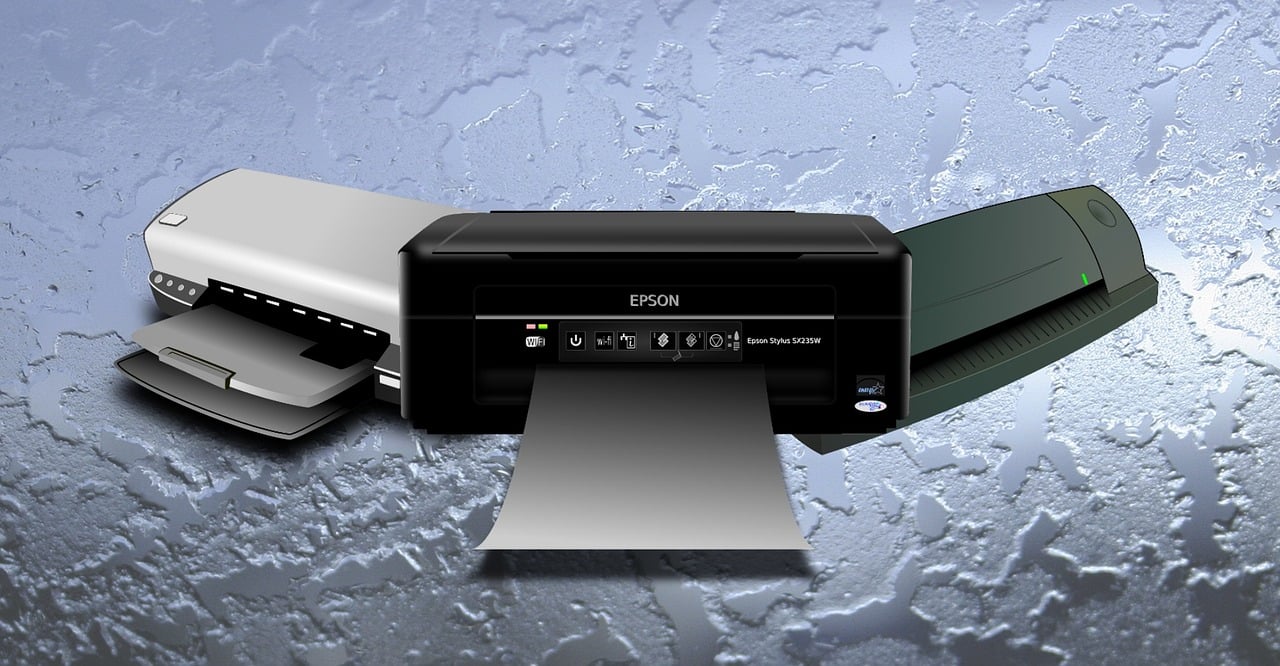Sublimation printing is widely known for its vibrant, long-lasting results, making it a popular choice for creating custom products such as apparel, mugs, and signage. However, if you have a sublimation printer and find yourself needing to use regular ink for a project, you might wonder: Is it possible to switch a sublimation printer to regular ink? The short answer is yes, but it requires specific steps and considerations. In this article, we’ll walk you through the process of converting a sublimation printer to regular ink, and discuss why and when it might be necessary.
What is Sublimation Printing and Regular Ink?
Before diving into the conversion process, it’s essential to understand the difference between sublimation ink and regular ink:
- Sublimation Ink: Sublimation ink is designed specifically for the sublimation printing process, where the ink is converted into a gas and bonds with polyester or polymer-coated surfaces. The ink produces vibrant and durable colors that won’t fade, crack, or peel.
- Regular Ink (Inkjet Ink): Regular ink, typically used in standard inkjet printers, is designed for paper and various non-specialized substrates. Unlike sublimation ink, regular ink does not bond chemically with polyester or other coated materials, which makes it unsuitable for sublimation.
When Would You Need to Convert a Sublimation Printer to Regular Ink?
There are a few reasons why you might want to convert your sublimation printer to regular ink:
- Temporary Use: If you need to print on paper or materials that are not suitable for sublimation printing, you may want to temporarily switch to regular ink.
- Cost-Effective for Basic Printing: Regular ink is often more affordable than sublimation ink, so for basic printing tasks that do not require vibrant or durable designs, using regular ink might be a more cost-effective option.
- Compatibility Issues: Sometimes, certain substrates are not compatible with sublimation ink, such as cotton fabrics or non-coated surfaces. In such cases, regular ink may be more suitable for those tasks.
Steps to Convert a Sublimation Printer to Regular Ink
Converting a sublimation printer to use regular ink involves a few key steps. Here’s a simple guide on how to make the switch:
1. Clean the Printer System
Before changing ink types, it's essential to clean the ink lines and printhead to remove any traces of sublimation ink. This step helps to prevent clogging and ensures the regular ink flows smoothly. Here’s how:
- Use a Cleaning Solution: Many printer manufacturers sell cleaning solutions specifically for this purpose. Alternatively, you can use a mixture of distilled water and a small amount of rubbing alcohol to flush out the sublimation ink.
- Flush the System: Run the cleaning solution through the printer according to the manufacturer's instructions. You may need to do this several times until the ink lines are completely clear.
- Clean the Printhead: The printhead is where the ink is dispensed onto the printing material. You can use a lint-free cloth or special printhead cleaning tools to wipe it gently.
2. Replace the Sublimation Ink with Regular Ink Cartridges
Once the printer system is clean and dry, you can replace the sublimation ink cartridges with regular ink cartridges:
- Use Compatible Ink Cartridges: Make sure to purchase ink cartridges specifically designed for your printer model. Regular ink is not interchangeable with sublimation ink, so ensure the new cartridges are compatible.
- Install the Cartridges: Remove the sublimation ink cartridges from your printer and install the regular ink cartridges carefully.
3. Adjust Printer Settings
Depending on the type of regular ink you're using, you might need to adjust the printer settings to optimize print quality:
- Choose the Right Paper Type: Regular ink is designed for use with standard paper, so select the appropriate paper type for your printing project.
- Adjust Quality Settings: Regular ink may not produce the same vibrant results as sublimation ink, so adjust the print quality settings accordingly to ensure good color reproduction and sharpness.
4. Test Print
Before using the printer for large projects, perform a test print to ensure the conversion was successful and that the printer is functioning correctly with the regular ink. This will also help you check for any issues such as ink smudging or incorrect colors.
Important Considerations When Converting a Sublimation Printer to Regular Ink
While converting a sublimation printer to regular ink is possible, there are some important factors to consider:
- Clogging Risk: If you plan to switch back and forth between sublimation ink and regular ink, be aware that it can increase the risk of clogs in the printhead. Inkjet printheads are sensitive to different types of ink, and switching frequently may cause damage or clogging.
- Print Quality Differences: Regular ink is not designed for sublimation, so when printing on materials like polyester or coated metals, you will not achieve the same vibrant, long-lasting results as with sublimation ink.
- Substrate Compatibility: Sublimation ink works best with polyester and polymer-coated materials. Regular ink is typically designed for standard paper and may not produce optimal results on these specialty surfaces.
- Refilling Issues: If you choose to refill ink cartridges, be sure to use the correct ink for each type. Mixing regular ink with sublimation ink can cause permanent damage to the printer’s system.
When Should You Revert Back to Sublimation Ink?
If you need to go back to sublimation printing after using regular ink, it's essential to thoroughly clean the printer and ink system again. Residual regular ink can interfere with the sublimation process and affect print quality. You’ll need to flush the ink lines and replace the cartridges with sublimation ink before resuming sublimation printing.
Conclusion
Converting a sublimation printer to regular ink is entirely possible, but it requires careful attention to detail and thorough cleaning to ensure smooth operation. If you're looking to switch between ink types, be mindful of the potential risks, such as clogging or print quality differences. Keep in mind that while regular ink is suitable for paper-based printing, it is not a substitute for sublimation ink when working with polyester or coated substrates.
By following the correct steps and taking proper precautions, you can successfully switch your sublimation printer to regular ink when needed for specific tasks, but always be aware of the limitations and long-term considerations of making the switch.
References
- Sublimation Printing Guide. Sawgrass. Link to source.
- How to Clean Your Printer and Prevent Ink Clogs. PrinterTechs. Link to source.
- Ink Cartridge Guide. Epson. Link to source.



Comments ()